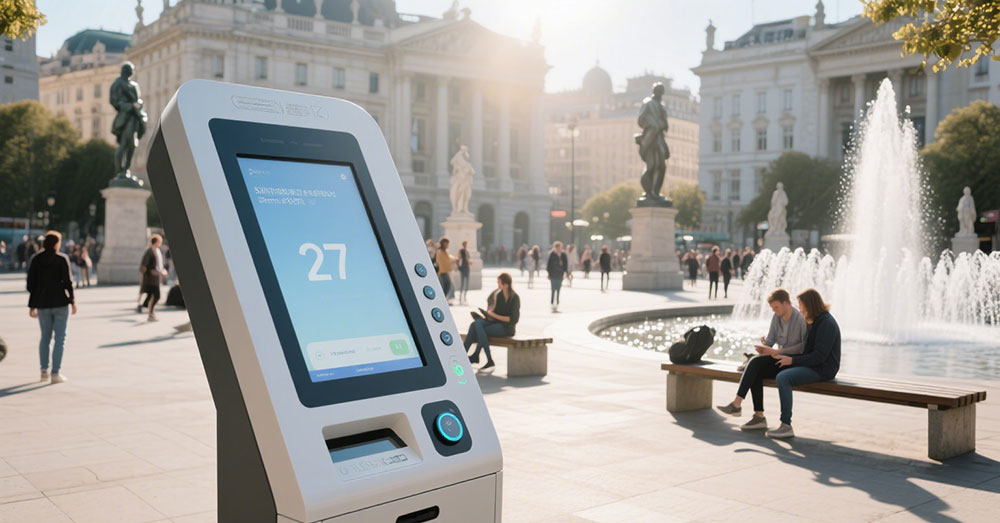When deploying digital signage in outdoor environments, selecting the right LCD screen is critical—not only for visual clarity but also for long-term reliability under harsh conditions. Whether it's for retail advertising, public transportation info displays, or smart city applications, an improperly chosen outdoor LCD can lead to frequent failures, poor visibility, and increased maintenance costs.
Brightness and Contrast for Daylight Readability

Outdoor LCDs must overcome ambient light challenges, especially direct sunlight. Industry standards such as the IEC 62357 recommend a minimum brightness of 5000 nits for most outdoor applications. High-brightness panels (up to 10,000 nits) are now common in premium models, ensuring content remains legible even in full daylight. Additionally, high contrast ratios—typically above 4000:1—are essential to maintain image depth and color accuracy on-screen.
Environmental Protection Ratings (IP65/IP68)
For outdoor durability, the Ingress Protection (IP) rating is non-negotiable. An IP65 rating means the screen is dust-tight and protected against water jets from any direction, while IP68 offers full submersion capability—ideal for coastal or flood-prone areas. These ratings ensure that moisture, dust, and even salt spray do not compromise internal components over time.
Temperature Tolerance and Thermal Management
Outdoor LCDs often face extreme temperature ranges—from -30°C to +70°C. To prevent overheating or freezing, advanced thermal management systems like passive heat sinks and active cooling fans are integrated into modern designs. Some manufacturers use phase-change materials (PCMs) to stabilize internal temperatures without increasing power consumption.
LED Backlighting vs. LCD Panels
While traditional LCDs rely on CCFL backlighting, LED-backlit screens offer better energy efficiency, longer lifespan, and improved brightness uniformity. For outdoor use, LEDs are the preferred choice due to their ruggedness and lower failure rates in vibration-prone environments like bus stops or construction sites.
Maintenance and Remote Monitoring
A professional-grade outdoor LCD should support remote diagnostics via SNMP or HTTP protocols. This allows operators to monitor screen health, adjust brightness based on ambient light sensors, and receive alerts for potential failures before they cause downtime. Case studies from cities like Singapore and London show that such features reduce maintenance costs by up to 40%.
In conclusion, choosing the right outdoor LCD involves balancing brightness, environmental resilience, thermal performance, and smart monitoring capabilities. Manufacturers like LG, Samsung, and NEC provide certified outdoor solutions compliant with international standards such as EN 60068-2-1 and UL 1950. By aligning technical specs with real-world deployment needs, businesses and municipalities can maximize ROI and user engagement.







